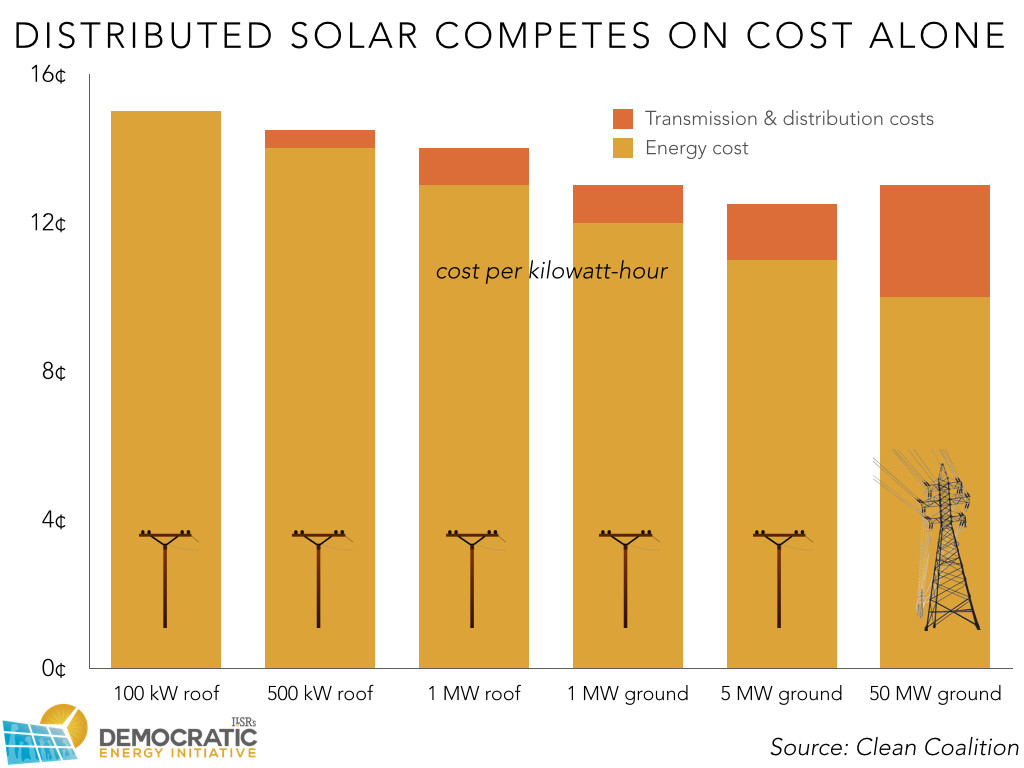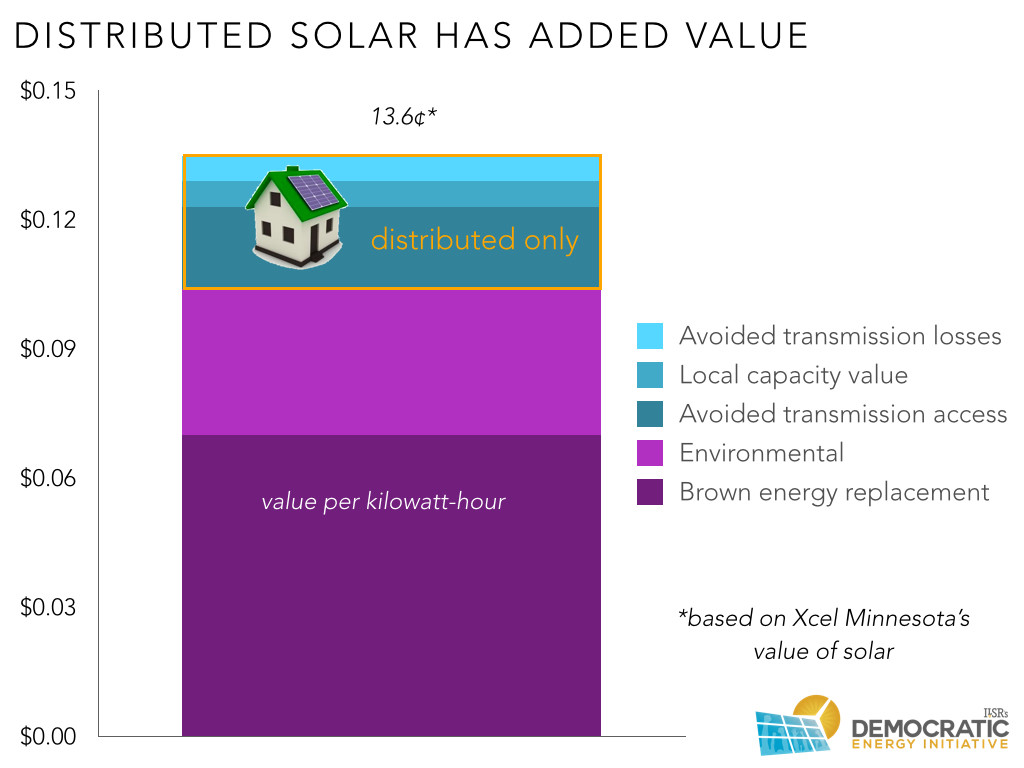Dive Brief:
- The Senate Finance Committee voted Tuesday to approve a package of extensions for some 50 tax incentives, including the $0.023 per kWh production tax credit (PTC) for wind energy projects. The package included an investment tax credit and expensing and bonus depreciation provisions to support wind development.
- The package of extensions must now win approval by the full Senate and a matching package must be approved by the House. When Congress failed to extend the tax incentives in 2013, development fell 92% and 30,000 wind industry jobs were lost. The 2014 restoration of the credit brought back 23,000 jobs, according to the wind industry.
- The package, which would extend the PTC through the end of 2016, was approved by a 23 to 3 vote. Wind advocates were encouraged by the lopsided count and say it reflects bipartisan support for wind.
Dive Insight:
Over 70% of congressional districts have wind turbines, wind manufacturing facilities, or both.
The wind industry brought a record 1,661 MW of new capacity online in the second quarter of 2015, according to the just-released quarterly industry market report. There are 100-plus wind projects under construction in 24 states, representing over 13,600 MW of capacity and $20 billion in private investment. Utilities signed PPAs for over 800 MWs of new wind capacity in Q2.
Hewlett Packard announced a 112 MW PPA and Facebook announced a 200 MW PPA, both with Texas projects, and two projects with corporate purchasers went online in Q2, IKEA’s 98 MW Illinois project and a 211 MW Mars-owned Texas project.
Florida’s Gulf Power signed a 180 MW PPA and the Arkansas Electric Cooperative signed a 108 MW PPA, both with Midwest producers. Iberdrola Renewables broke ground on the first utility-scale wind project in the Southeast, the 208 MW Amazon Wind project, which will provide its output to Amazon Web Services.
Recommended Reading
Washington Times: Wind industry wins key victory in Senate
So how did they vote?
Results of Executive Session on Extend Certain Expiring Tax Provisions July 21, 2015
Amendment #2, Grassley/Cantwell/Thune #2; Biodiesel Tax Incentive Reform Act – approved by voice vote.
Amendment #68, Stabenow/Heller/Menendez/Isakson/Brown/Casey/Cardin #4, as Modified; Refinement to the Mortgage Forgiveness Tax Relief Act to Provide More Certainty to Struggling Homeowners – approved by voice vote.
Final Passage of an Original Bill to Extend Certain Expiring Tax Provisions – approved by roll call vote of 23 ayes, 3 nays.
Ayes: Hatch, Grassley, Crapo, Roberts, Cornyn (proxy), Thune (proxy), Burr, Isakson (proxy), Portman, Heller, Scott, Wyden, Schumer, Stabenow, Cantwell, Nelson (proxy), Menendez, Carper, Cardin, Brown (proxy), Bennet, Casey, Warner (proxy).
Nays: Enzi, Toomey, Coats.
Motion to close an executive session meeting pursuant to paragraph 5(b) of Rule XXVI of the Standing Rules of the Senate to consider the committee’s report on the IRS handling of tax exempt status under Internal Revenue Code 501 (c)(4) – approved by voice vote.









